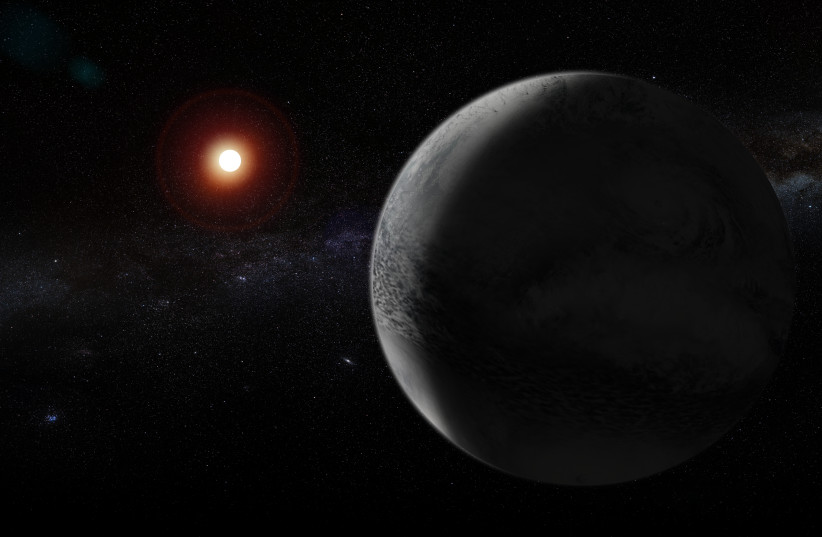Scientists have managed to use a unique methodology to confirm that life does, in fact, exist on Earth, as noted in a new study.
The researchers behind this study never doubted that life exists on Earth to begin with. Rather, the study was an attempt to prove that their method for determining such works and that the planned LIFE (Large Interferometer for Exoplanets) space mission can succeed.
The findings of this study were published in the peer-reviewed academic periodical The Astrophysical Journal.
Is there life on Earth? Yes. Now we need to find it in space
Finding life in the vast reaches of space is very hard. Scientists have long pondered just what exactly it is that allows life to form and what can make a given planet habitable.
A vast array of parameters have been considered, but so far, we have yet to find a single trace of life in the wider universe.

Traditionally, when faced with quandaries like this, scientists would try to use a case study to better understand the subject in question. But in the case of finding life, Earth is literally the only place in the universe known to be inhabited by living beings.
So with that in mind, the researchers behind this study from the Institute of Particle Physics and Astrophysics at ETH Zurich sought to use methods to see, if they were a hypothetical alien species far away in space, how they would see the Earth.
The idea was to use real data, not anything simulated, in order to get the best results.
The way the researchers hope to study exoplanets for life is by using a series of five satellites near NASA's James Webb Space Telescope, forming an even larger telescope that can study the infrared thermal radiation of other planets. What that means is they want to see the spectrum of light that reflects on a planet, since the frequency of its wavelengths can change depending on the planet's atmosphere and composition.
The hope is that by doing so, they can pick up certain chemicals on the planet that should only be able to exist if there was life there.
But rather than using the James Webb Space Telescope to study Earth's atmosphere, the study made use of the already existing data of Earth's atmosphere from NASA's Aqua Earth satellite, specifically looking at the infrared range they would be looking at when studying future exoplanets.
This is important because while the Earth obviously has seas, forests, mountains, and more, this hypothetical alien species wouldn't know that. All they would see is what researchers on Earth would see of exoplanets via the LIFE mission: Another speck in the cosmos.
By analyzing Earth's infrared spectra, the researchers were able to essentially observe Earth from 30 light years away. What they found was ample amounts of carbon dioxide and water - already a very good sign that a planet could support life.
But the real key here was that they were able to detect signs of both methane and ozone. This is important because both are created on Earth by lifeforms.
Specifically, ozone is part of the atmosphere's ozone layer, and is made by a combination of ultraviolet light and oxygen. The ultraviolet light comes from the Sun, but the oxygen is generated by lifeforms, and is continuously generated by those lifeforms. Because of that, Earth can have an ozone layer.
Methane can be made by a variety of sources and is, in fact, known to exist in other parts of space. Saturn's moon, Titan, has literal oceans made of methane.
But while methane can be made from other sources, it is possible for those sources to be ruled out with enough data, which would leave living beings as the only real option.
With this study demonstrating the proof of concept, the future LIFE mission could yield some similar results - only this time, on an exoplanet much farther away.
